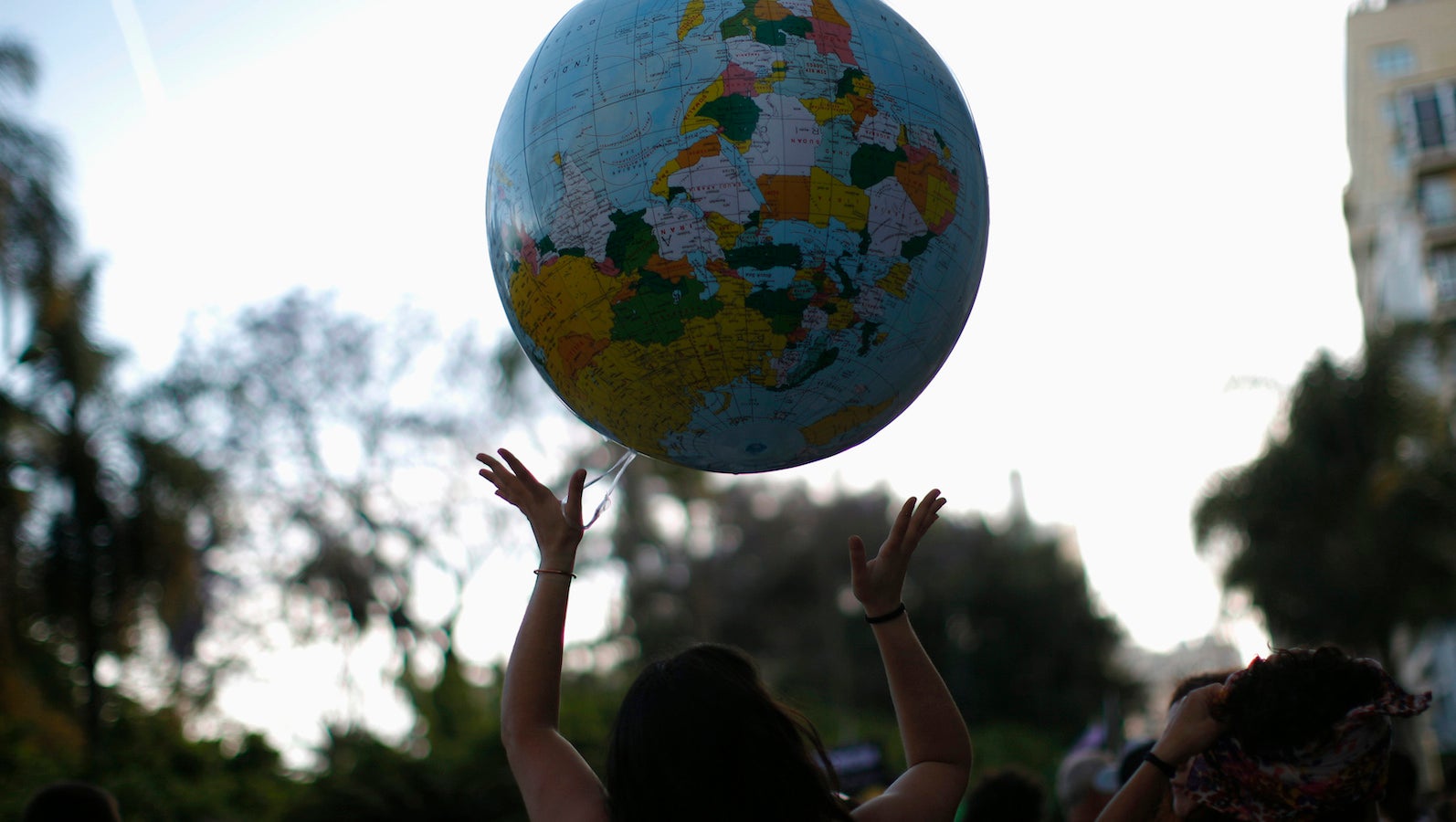When my parents were born, 7 in 10 people lived in extreme poverty. Today it’s 1 in 10
Sometimes when you spend 11 hours watching your country’s politicians waste valuable time on a misguided vendetta instead of doing something—anything—that might actually help the world, you need a reminder that, hey, somewhere on the planet, there’s actual progress being made on behalf of billions of people:


Sometimes when you spend 11 hours watching your country’s politicians waste valuable time on a misguided vendetta instead of doing something—anything—that might actually help the world, you need a reminder that, hey, somewhere on the planet, there’s actual progress being made on behalf of billions of people:
When my parents were born in the 1950s, 70% of people around the world lived on less than $2 a day. My folks, luckily for them, were born in the United States, just in time for the post-World War II explosion of prosperity. But people in my generation—and my children’s generation—will rely less on the birth lottery as an indicator of their future chances in life. Now, just one in 10 people around the world lives in extreme poverty* (now defined by the World Bank as less than $1.90 a day).
Now, you may say that’s a low bar, and there’s some truth to that. This is a measure of abject poverty, not moderate prosperity; there’s still plenty of work to be done to lift the world’s poor into more sustainable financial situations. But it is a sign that for all the problems in the world today, our ad hoc global system of trade and production has delivered meaningful economic gains almost everywhere.
*The data in the chart above comes from a project by Max Roser, an Oxford economist who is assembling a collection of empirical measures about the state of the world.